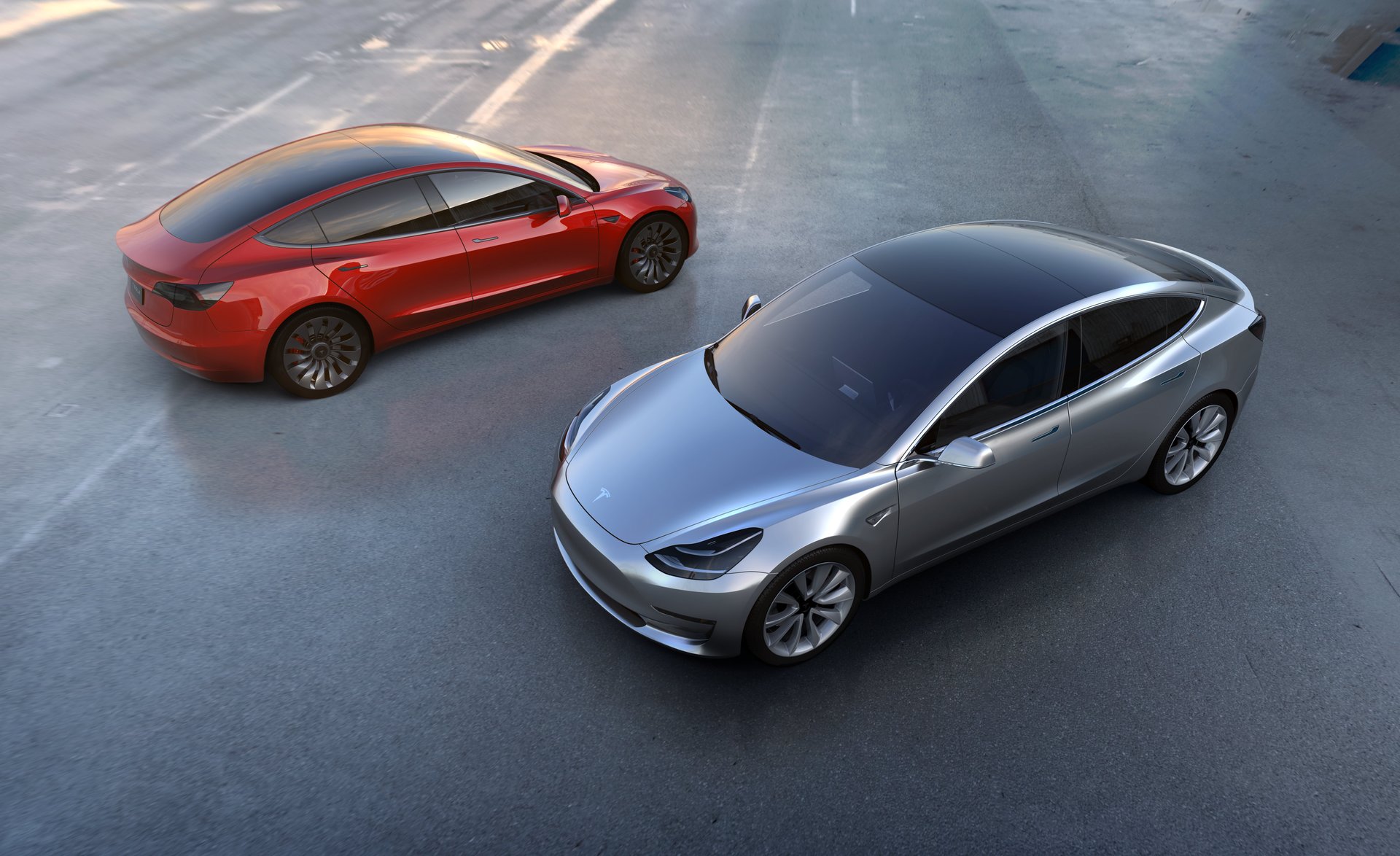Elon Musk has a curious new sales pitch for the Tesla Model 3
On Friday afternoon, Tesla CEO Elon Musk took to Twitter to update the company’s pitch for the forthcoming Model 3… by tamping down expectations.


On Friday afternoon, Tesla CEO Elon Musk took to Twitter to update the company’s pitch for the forthcoming Model 3… by tamping down expectations.
The $35,000 electric vehicle has stirred up a frenzy of interest since Tesla announced it in 2014. More than 375,000 people forked over a $1,000 deposit to get on a waiting list for the car, due out in mid-2018. The Model 3 is expected to be among the highest-performing electric vehicles on the market, where it will be up against rivals that include the Nissan Leaf, the Chevy Bolt, the Renault Zoe, BMW’s i3, Chinese BYD‘s e6, and Hyundai‘s iOniq.
Although the Model 3 follows the Model S and Model X, Musk wants to make sure people understand that it is not an advanced new iteration of Tesla model. Rather, the car is a simplified and less luxurious version of the $68,000 Model S.
In that sense, the Model 3 is more like the iPhone SE—a streamlined version of an original product, without all the bells and whistles. The Model 3 will pack a smaller battery, offer less range, and have about 20% less interior space than the Model S. It’s expected to have rear-wheel instead of all-wheel drive to simplify manufacturing. Tesla has also consolidated the instrument panel (no heads-up display) in anticipation of more autonomous driving, which does not require complex dashboards. More upgrades for the Model 3 are expected to come later.
The success of the Model 3 is crucial for Tesla, which needs a profitable, mass-market vehicle to staunch annual losses in the hundreds of millions of dollars. To date, Tesla has avoided splashy paid advertising campaigns—its car advertising budget came in at about $6 per vehicle in 2015—in favor of trotting out Musk himself for promotional efforts.
That has worked well so far: Tesla’s stock is up 225% since 2013. Musk has a reputation for being entertaining, and customers (or would-be customers) enjoy his quirky anecdotes about sleeping on the factory floor, his thoughts on the likelihood we’re all living in a simulation (very high), and his opinions on the probability of alien life (almost a certainty).
On Twitter today, Musk said the Model 3 was originally going to be called the Model E, but Ford sued to block that name. When a Twitter user asked why he would choose Model 3 knowing it might create confusion, Musk replied “because I was a dumb idiot.”